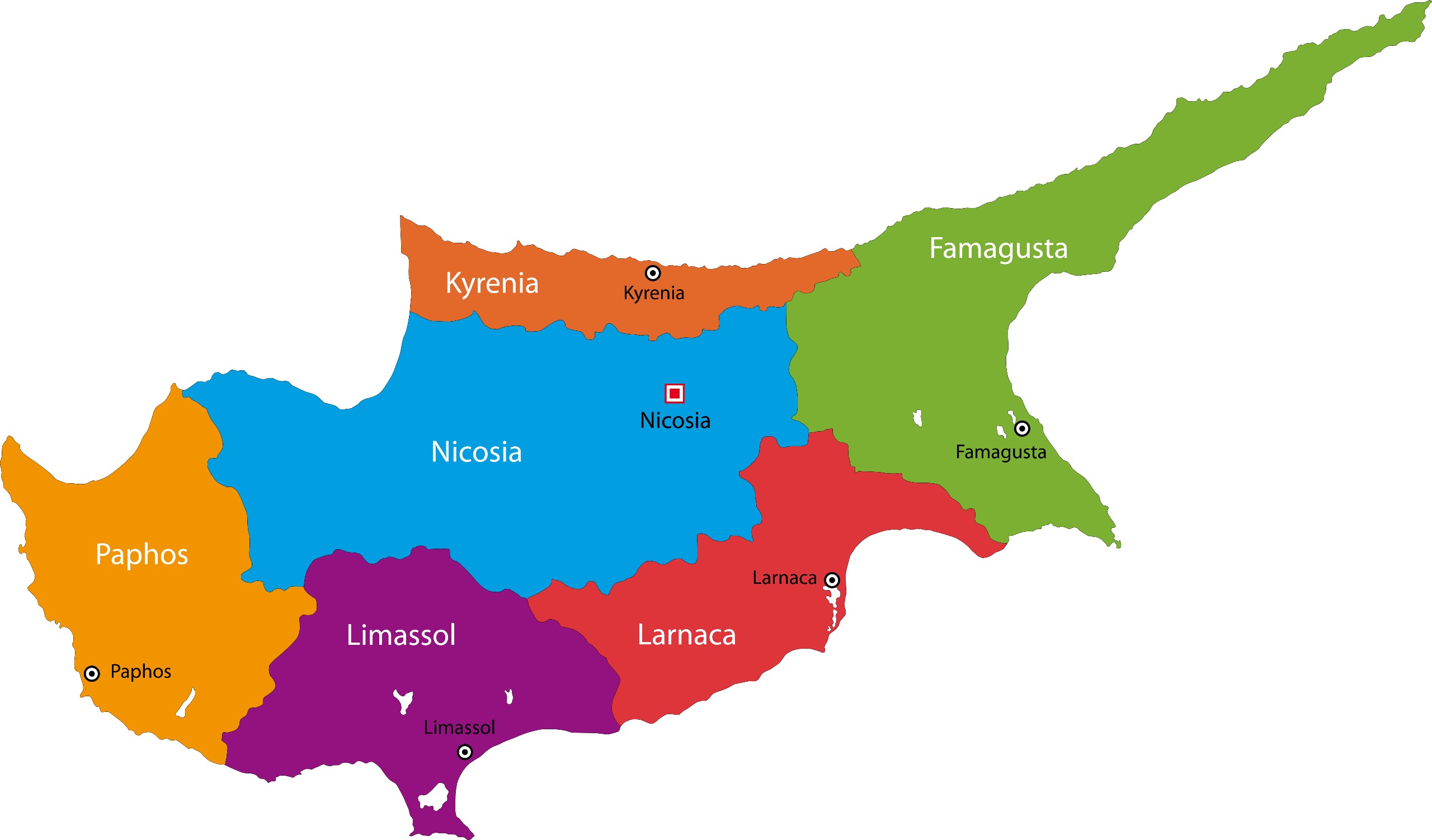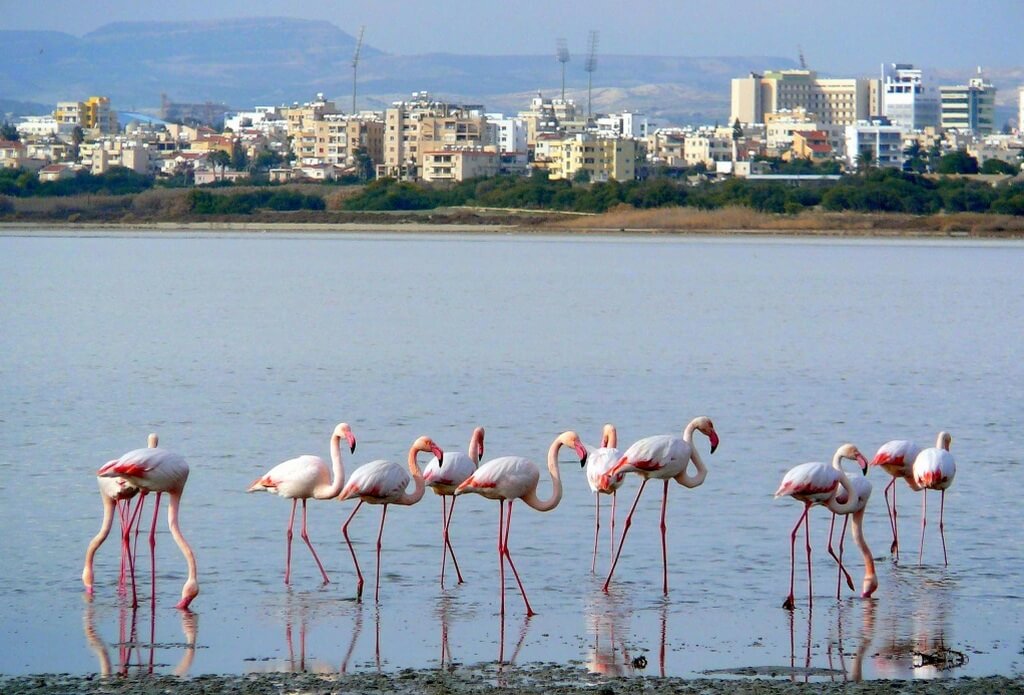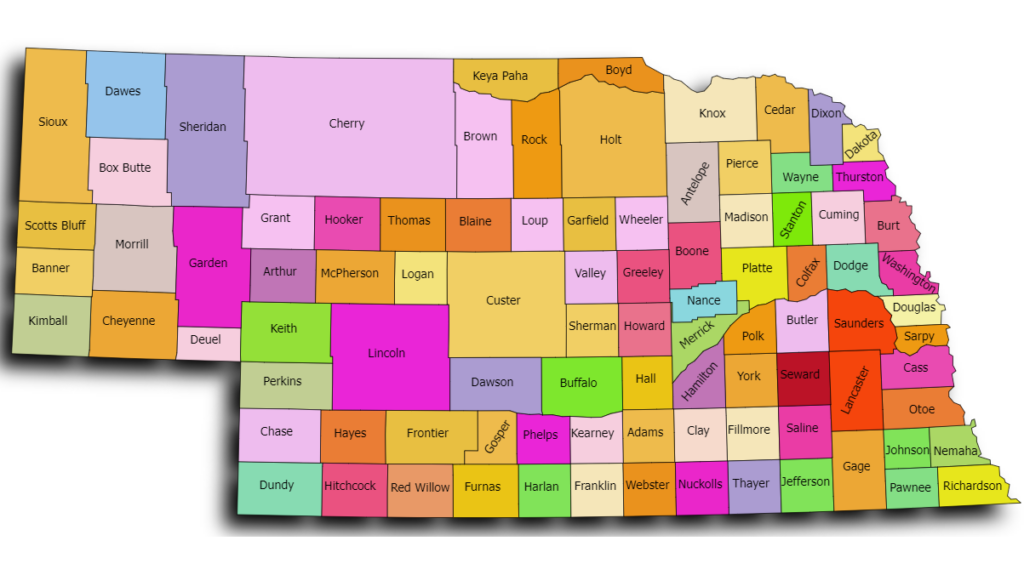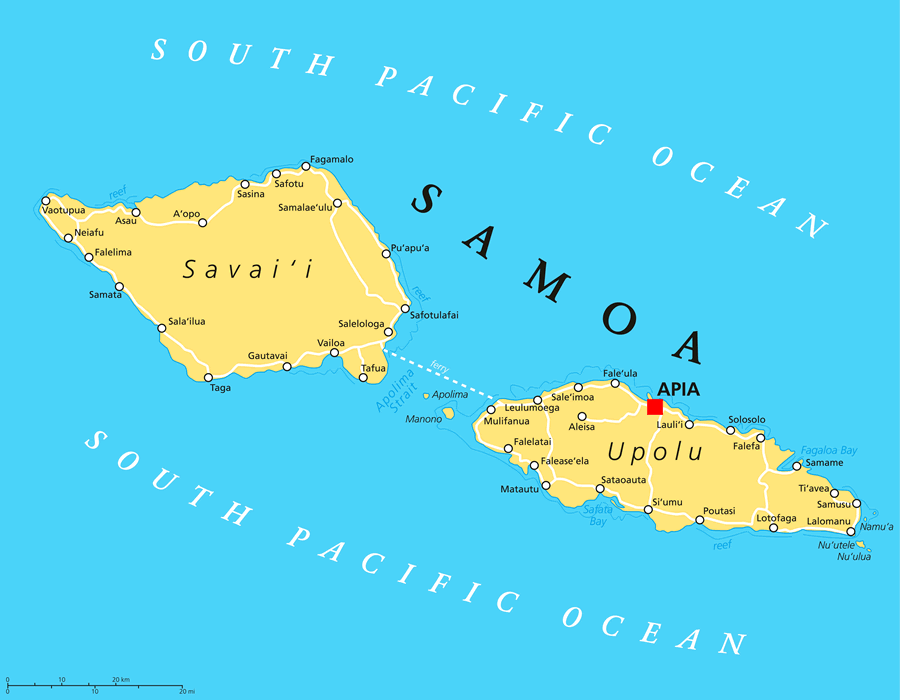Introduction
Welcome to our comprehensive guide to Cyprus, where we’ll delve into the island nation’s geography, history, culture, and more through maps and facts. From ancient ruins to stunning beaches, Cyprus offers a diverse array of attractions and experiences waiting to be explored.
Geography of Cyprus
Physical Features Cyprus is situated in the eastern Mediterranean Sea, known for its rugged coastline, mountainous interior, and fertile plains. Explore the island’s diverse geography, including the Troodos Mountains, the Mesaoria Plain, and the coastal regions.
Administrative Divisions Learn about the administrative divisions of Cyprus, including the internationally recognized Republic of Cyprus and the de facto state of Northern Cyprus. Discover how political divisions impact the island’s governance and territorial integrity.
History of Cyprus
Ancient Civilization Trace the history of Cyprus back to ancient times, when the island was inhabited by civilizations such as the Greeks, Romans, Byzantines, and Venetians. Explore archaeological sites such as Kourion, Salamis, and Choirokoitia, which provide insights into Cyprus’s rich cultural heritage.
Colonial Period Discover how Cyprus became a British colony in the late 19th century and remained under British rule until gaining independence in 1960. Explore the legacy of British influence on the island’s culture, language, and legal system.
Economy and Industry
Tourism Cyprus is a popular tourist destination known for its beautiful beaches, historic sites, and vibrant nightlife. Learn about the importance of tourism to Cyprus’s economy and the challenges and opportunities facing the industry.
Agriculture Explore Cyprus’s agricultural sector, which includes the cultivation of citrus fruits, olives, grapes, and potatoes. Discover how traditional farming practices coexist with modern agricultural techniques in Cyprus’s rural areas.
Cities and Landmarks
Nicosia Discover the capital city of Nicosia, known for its medieval architecture, bustling markets, and historic city walls. Explore landmarks such as the Cyprus Museum, Selimiye Mosque, and Ledra Street.
Larnaca Explore the coastal city of Larnaca, famous for its palm-lined promenade, medieval castle, and ancient ruins. Visit attractions such as the Church of Saint Lazarus, Larnaca Salt Lake, and Hala Sultan Tekke Mosque.
Culture and Cuisine
Cultural Heritage Learn about Cyprus’s cultural heritage, influenced by Greek, Turkish, and Middle Eastern traditions. Explore traditional music, dance, and festivals, as well as the island’s unique dialects and folklore.
Cypriot Cuisine Discover the flavors of Cypriot cuisine, which features a blend of Mediterranean and Middle Eastern influences. Sample dishes such as souvlaki, halloumi cheese, moussaka, and meze, accompanied by local wines and spirits.
Conclusion
In conclusion, Cyprus’s maps and facts offer a fascinating glimpse into the island’s geography, history, and culture. Whether exploring ancient ruins or relaxing on sun-drenched beaches, Cyprus invites visitors to experience its timeless charm and hospitality.
- The Largest Lizards In The World - September 9, 2024
- Taos, New Mexico - September 9, 2024
- The Most Colorful Birds From Around The World - September 9, 2024





